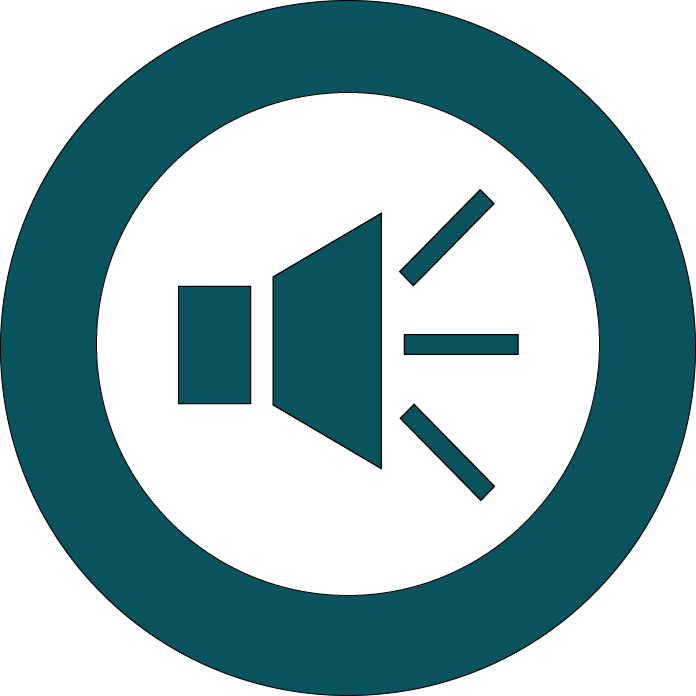Common Barriers to Accessing Therapy
People need access to therapy to benefit from it. Due to various reasons, therapy is not always accessible to people who need it:

1. High Cost
In many countries, psychotherapy is not included as a part of the publicly funded health care system. Without private insurance, the price would be too high for people to afford (for example, over 100 CAD per session).
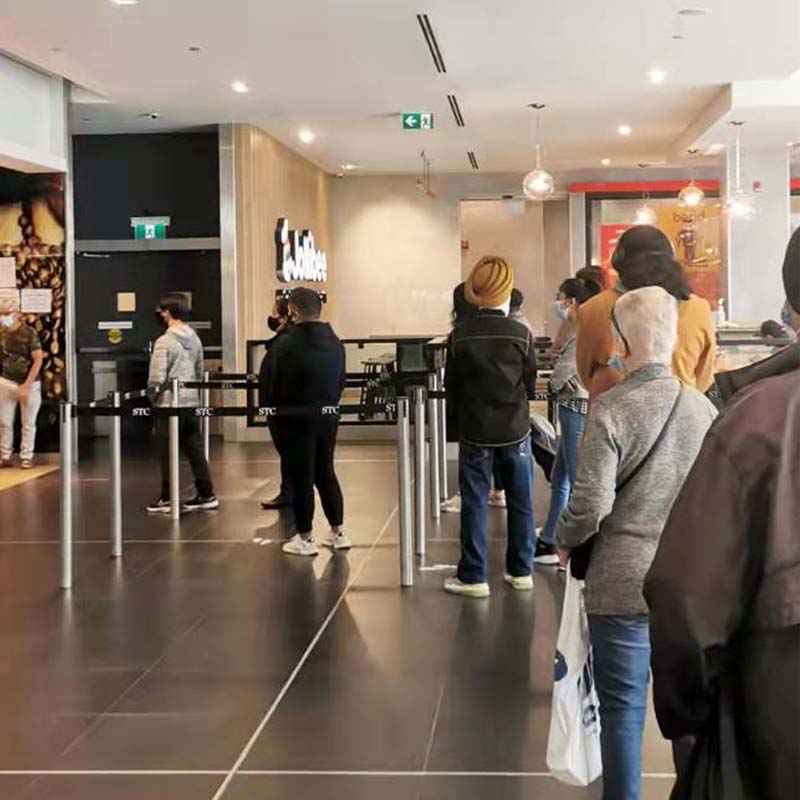
2. Long Waiting Time
"For sure, we will put you on waitlist." It can be very discouraging to be told that you have to wait 5-6 weeks (especially when you have been looking for a while) when you really need to talk to someone as soon as possible.

3. Stigma
The stigma on mental health and therapy prevents people from accessing therapy. For example, a person who has mental health struggles and looks for therapy can be viewed as "weak."
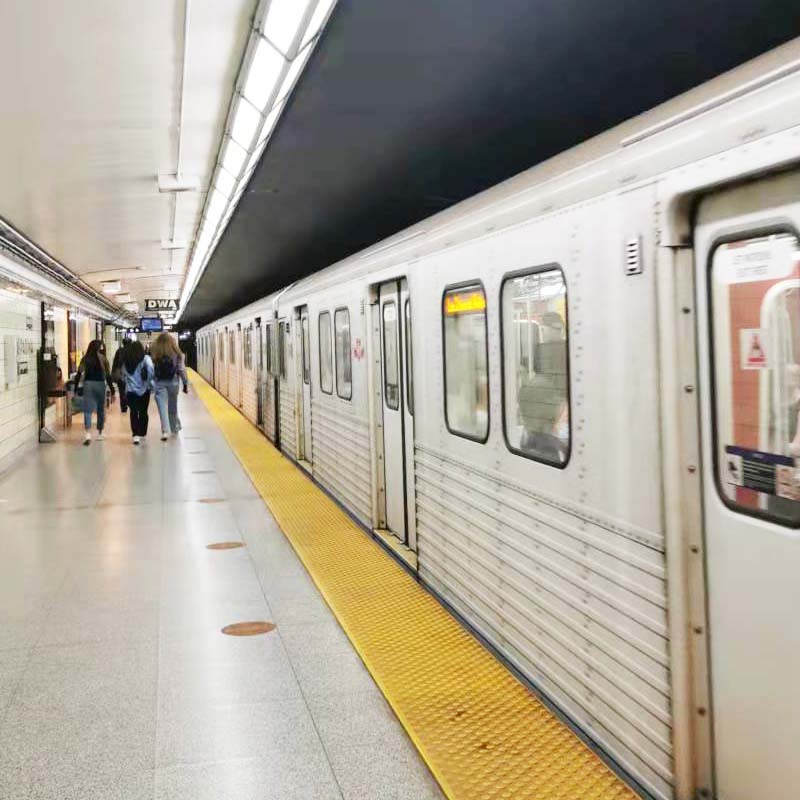
4. Busy Schedule
When you have a busy schedule, it is hard for you to make the decision to drive 30 minutes to the therapy clinic, not to mention for people without a car and have to rely on public transit.
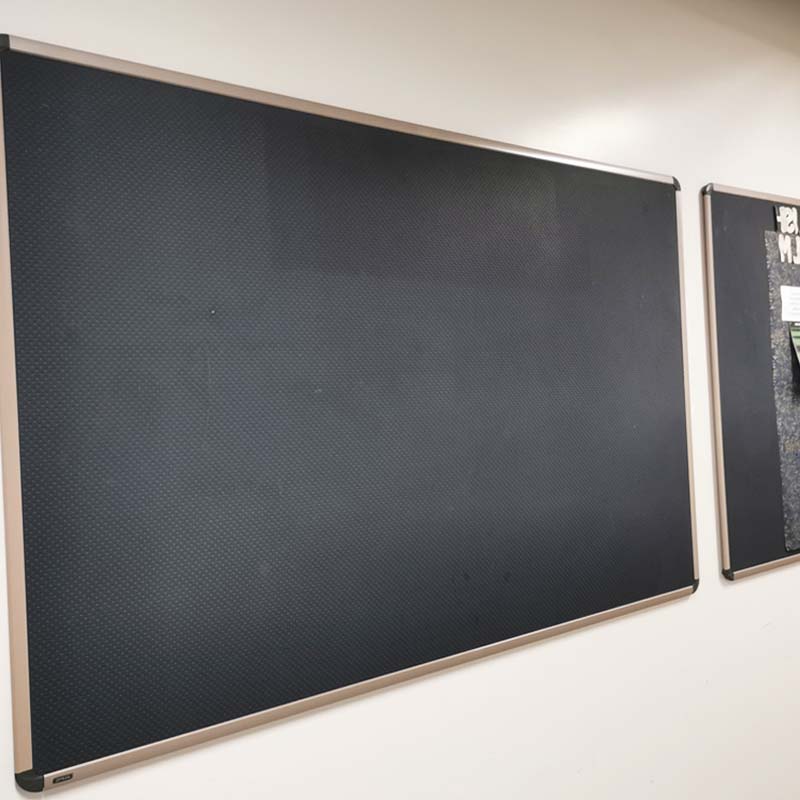
5. Lack of Awareness
A lot of times, people are simply not fully aware of what therapy offers. For example, a common misconception on therapy is that therapy is only for people who are mentally ill, which might not be the truth.

6. Quality of Care
In some developing countries, therapy is not a very regulated industry. Even in developed countries, where regulations are not a concern, the quality of care is not always guaranteed. It discourages people from accessing therapy.
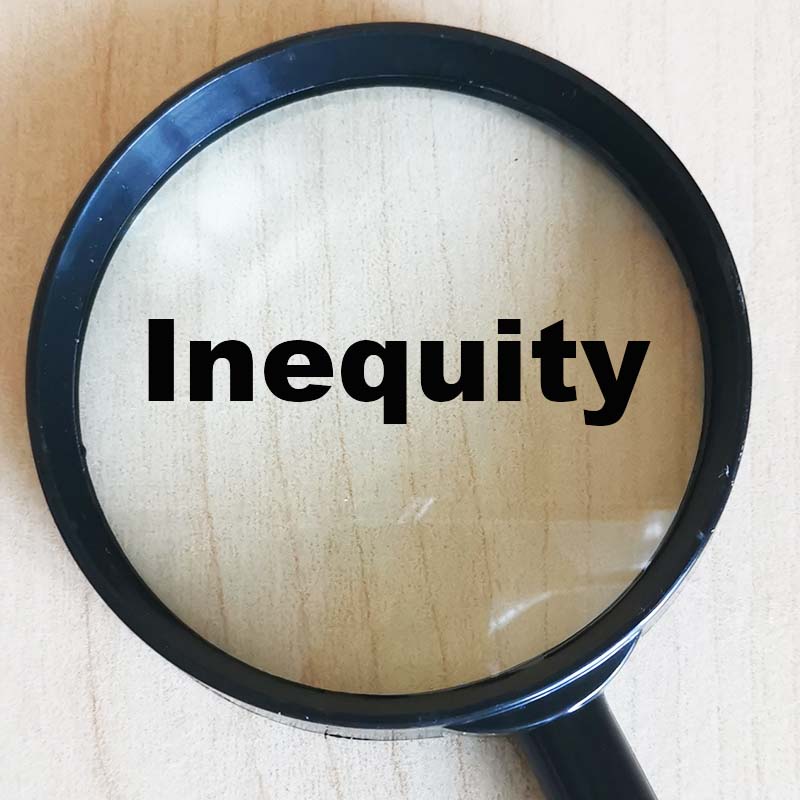
7. Health Inequity
The barriers often disproportionately influence vulnerable people, such as the unemployed and the homeless.They can't afford therapy; Their long working hours don't allow them to go to therapy. The list continues...
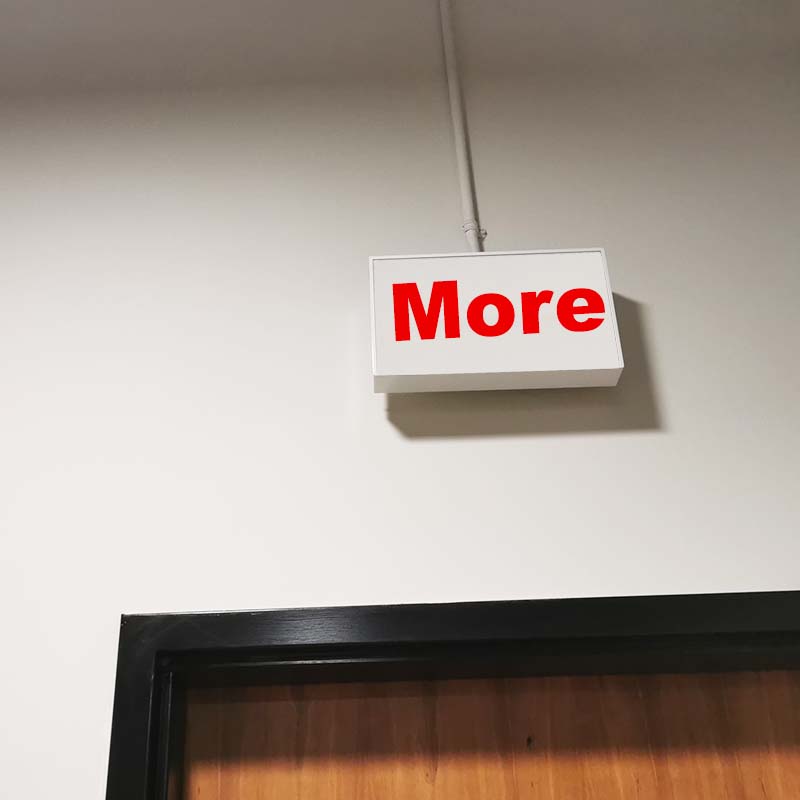
And More...
The lists can go on and on.
We want therapy to be accessible to everyone. That means we need to fight to make government and stakeholders put more resources into therapy. That also means we need to fight the stigma, misconceptions, and more.
